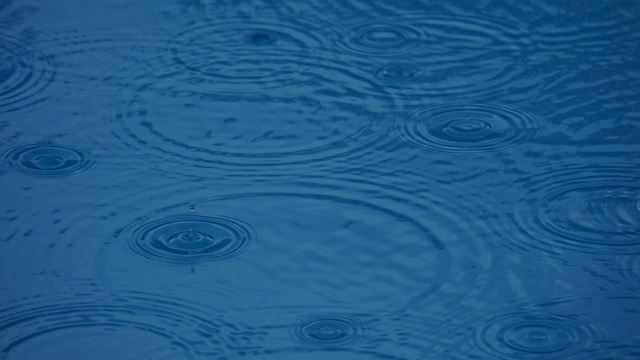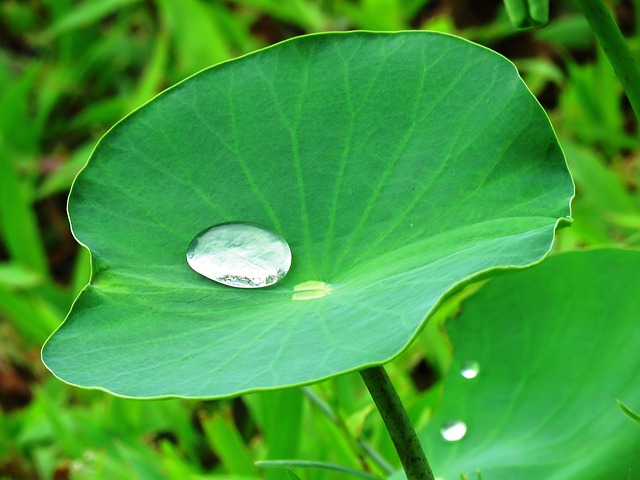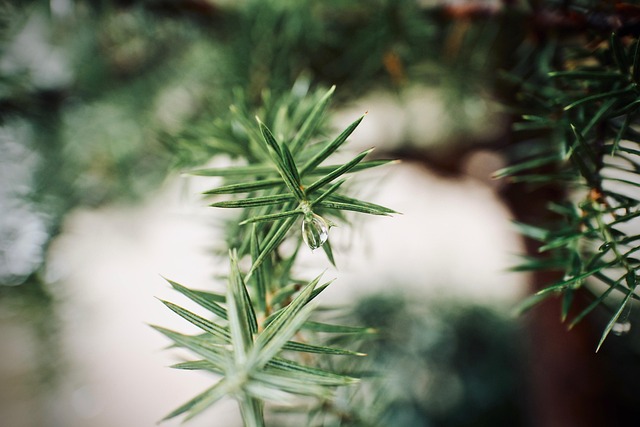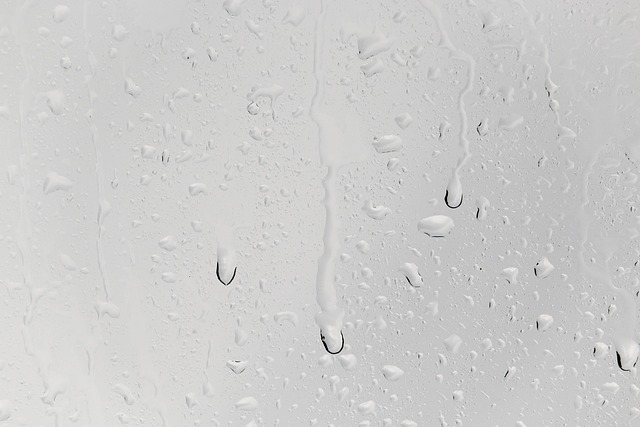In the Northwest, understanding and addressing common mold sources is crucial due to the region's damp, humid climate and mild temperatures year-round facilitating continuous mold growth. Primary contributors include leaks in roofing and plumbing, condensation on windows, inadequate ventilation systems, water damage, pests, and outdoor debris. To mitigate health risks, proactive measures like regular inspection, swift remediation of water intrusions, maintaining indoor humidity below 50% relative humidity, proper insulation, efficient ventilation, and consistent climate control are essential. Regular cleaning, dehumidifier use, prompt repair of water issues, and managing condensation in high-risk areas also play vital roles in preventing mold growth.
In the northwest region, understanding mold growth factors is essential for maintaining optimal indoor air quality. This article delves into the complex interplay of climate variables, exploring how humidity, temperature fluctuations, insulation, and ventilation systems influence mold development. By examining these key elements, we uncover common mold sources prevalent in households and buildings. Armed with this knowledge, you’ll learn effective prevention strategies to mitigate mold growth, ensuring a healthier living environment.
- Understanding Mold Growth in Northwest Climate
- Common Mold Sources in Households and Buildings
- Impact of Humidity and Temperature Fluctuations
- Role of Insulation and Ventilation Systems
- Prevention Strategies for Optimal Indoor Air Quality
Understanding Mold Growth in Northwest Climate

In the Northwest climate, understanding mold growth factors is essential for maintaining a healthy living environment. Mold thrives in damp and humid conditions, making regions with frequent rainfall and high humidity ideal breeding grounds. Common sources of moisture include leaks in roofing, plumbing issues, condensation on windows, and inadequate ventilation systems. These conditions can lead to the rapid development of mold, often hidden behind walls or under flooring, where it may go undetected for extended periods.
The region’s mild temperatures further contribute to mold growth, as many species thrive year-round. Once established, molds can produce spores that spread easily through air currents and water sources, posing health risks to occupants. Awareness of common mold sources is crucial for proactive measures, including regular inspection, swift remediation of water intrusions, and maintenance of optimal indoor humidity levels below 50% relative humidity.
Common Mold Sources in Households and Buildings

In households and buildings across the Northwest, several factors contribute to common mold sources. Water intrusion is a primary culprit; leaks from roofs, pipes, or appliances can create damp environments where mold thrives. Condensation, often overlooked, is another significant source; windows, walls, and ceilings may show signs of moisture buildup during colder months due to the region’s unique climate. Insulation, poorly ventilated areas, and stagnant air further exacerbate the problem by trapping humidity and facilitating mold growth.
Common mold sources also include building materials like wood, drywall, and insulation that come into contact with water or high humidity levels. Pests such as rodents and insects can introduce mold spores through their presence and activities. Furthermore, outdoor sources like fallen leaves, tree branches, and construction debris can carry molds indoors when tracked in or during cleaning activities, adding to the common mold sources within homes and buildings across the Northwest region.
Impact of Humidity and Temperature Fluctuations

In the Northwest climate, humidity and temperature fluctuations play a significant role in fostering mold growth. Mold thrives in environments where moisture is present for extended periods, making it a common issue in regions with high humidity levels. The region’s mild and temperate weather throughout most of the year creates conditions that promote the development of various mold species. When indoor humidity exceeds 50%, it becomes a breeding ground for molds, which can then grow on common sources such as leather, wood, carpeting, insulation, and food remnants.
Temperature fluctuations also contribute to mold growth. Molds prefer warm environments but can survive in cooler temperatures as well. Rapid temperature changes, especially when coupled with high humidity, create ideal conditions for mold to proliferate. This is why maintaining a consistent indoor climate, keeping humidity levels below 50%, and promptly addressing any water leaks or sources of moisture are essential measures to prevent mold growth, thereby mitigating health risks associated with common mold sources in the Northwest environment.
Role of Insulation and Ventilation Systems

In the Northwest climate, understanding the role of insulation and ventilation systems is crucial in mitigating common mold sources. Proper insulation acts as a barrier against moisture intrusion, which is a primary catalyst for mold growth. By insulating walls, attics, and floors effectively, you reduce the chances of condensation forming on cold surfaces, a condition that fosters mold development. Moreover, well-designed ventilation systems play a vital role in maintaining indoor air quality by facilitating the flow of fresh air and preventing moisture buildup.
Effective ventilation includes both mechanical and natural methods. Mechanically, systems like exhaust fans in bathrooms and kitchens help remove humid air, while whole-house ventilation systems ensure a continuous exchange of indoor and outdoor air. Naturally, ensuring adequate cross-ventilation through strategically placed windows can also reduce humidity levels and discourage mold growth. Combining robust insulation with efficient ventilation is essential to create an environment that is less conducive to common mold sources, promoting healthier living spaces in the Northwest climate.
Prevention Strategies for Optimal Indoor Air Quality

Maintaining optimal indoor air quality is essential in regions with high humidity like the Northwest, where mold growth thrives. Preventing mold requires a multi-faceted approach starting with identifying and addressing common mold sources. Known culprits include poorly ventilated areas like bathrooms, kitchens, and laundry rooms, as well as water-damaged materials, leaks, and excessive moisture from condensation. Regular cleaning and maintenance play a crucial role, involving the use of dehumidifiers to control humidity levels below 50%, promptly repairing any water intrusion, and ensuring proper ventilation throughout the home or building.
